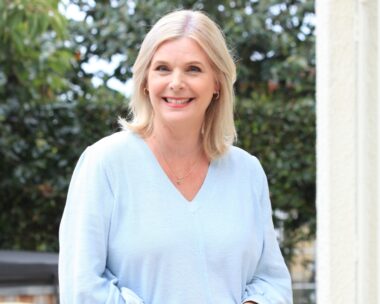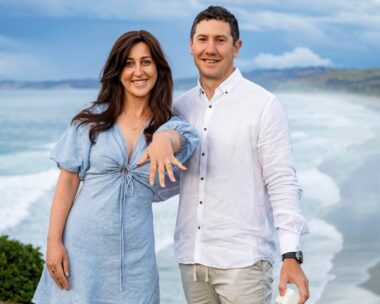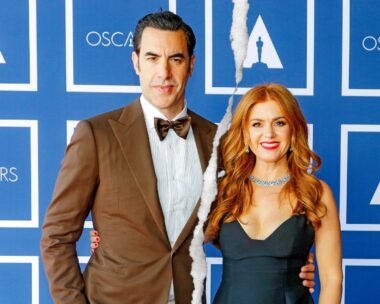**Dame Silvia Cartwright
**Former New Zealand governor-general
Appointed our first female chief district court judge in 1989, Dame Silvia also became the first female high court judge in 1993. In 1988, she presided over the inquiry into cervical cancer treatment at National Women’s Hospital and was governor-general from 2001 to 2006. She is currently sitting on the Khmer Rouge Tribunal in Cambodia.
**Who are the women who have most shaped our nation?
**The early work to gain the vote for women, leading to New Zealand being the first nation to enfranchise both European and Maori women, was particularly momentous. Women such as Ethel Benjamin in the law and Emily Siedeberg in medicine endured discrimination throughout their careers but paved the way for other women. Princess Te Puia was a great example to Maori and women in general, and played a significant part in shaping our history. The work of the leaders of the women’s movement in the 1960s and 1970s, such as Margaret Shields and Marilyn Waring, enabled many women to begin making a full contribution to New Zealand society.
**Who is the New Zealand woman who helped you to follow your chosen career?
**My early role models were the clever, highly educated women who taught me at Otago Girls’ High School, led by the principal, Miss Fitzgerald. They encouraged their students to think beyond the very restricted careers open to us in the 1960s.
Who are the main role models in your life?
Among the outstanding academic women a generation older than me were Daphne Purves and Mildred Keir. I can also recall wonderful female lawyers, such as Marion Thompson in Dunedin, who were never given the opportunities I had to practise law in the same way as male colleagues. Sir Geoffrey Palmer, as a lawyer and politician, also made a huge difference to the professional lives of many women of my generation. There were also many negative male models – among them politicians, judges and lawyers – who helped me learn how to be effective in my profession and the community. Their poor behaviour and professional practices assisted me as much as positive role models.
**Who are some of the Kiwi women you most admire?
**Helen Clark and Dame Jenny Shipley were as capable as their male colleagues but had the additional burden of discriminatory commentary on their appearance, private lives and personal agendas. Fran Wilde, Ruth Richardson, Dame Ann Hercus and Dame Margaret Wilson all stand out as examples of female leadership that transcended that of many of their male colleagues. I also admire the many women who have helped me understand the situation of women and Maori in New Zealand, including the late Maori Queen, Dame Te Atairangikaahu, Dame Mira Szászy and Eva Rickard.
If you could change one thing about New Zealand it would be… for women’s appointments to senior positions to become unremarkable.




